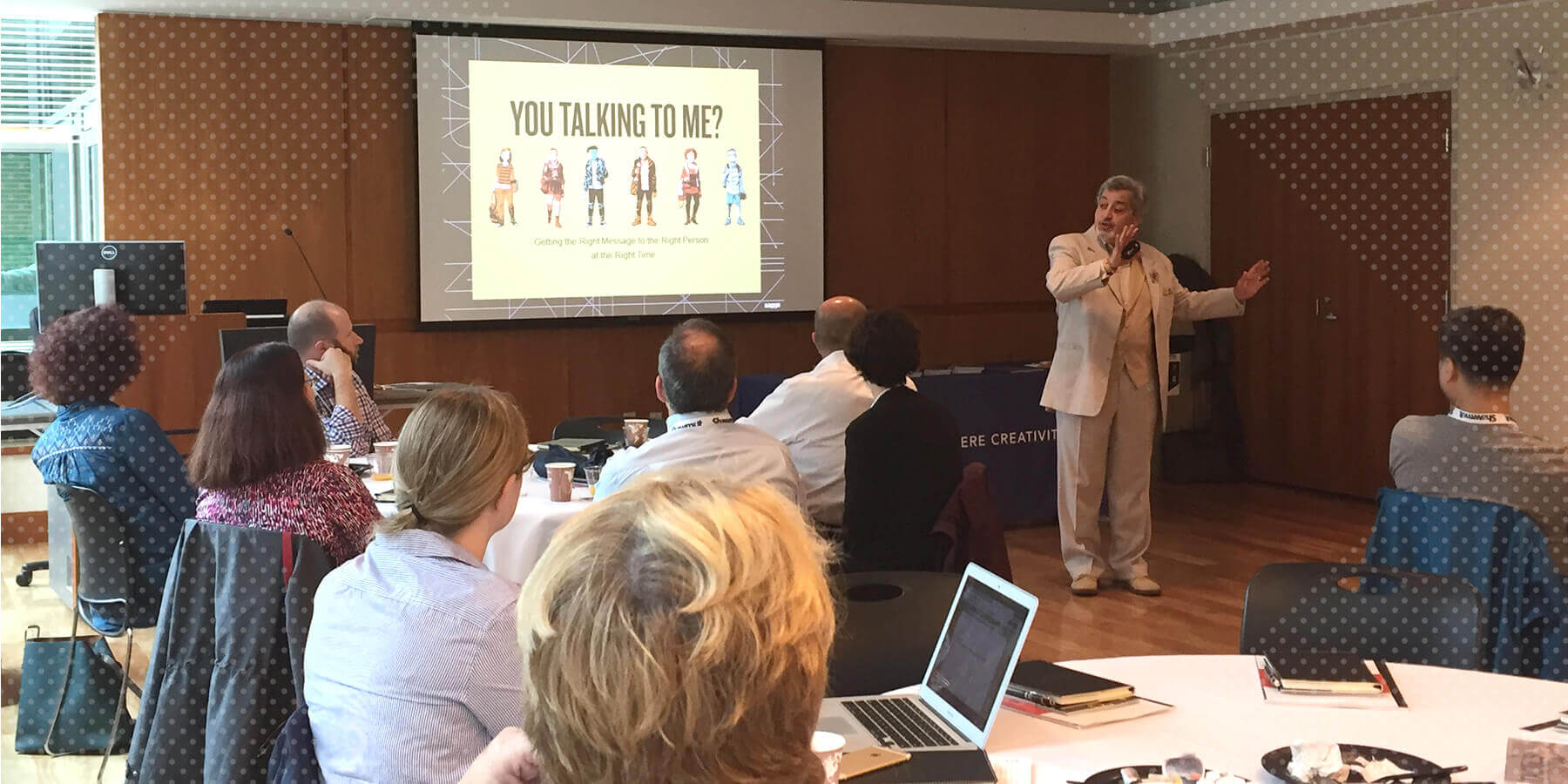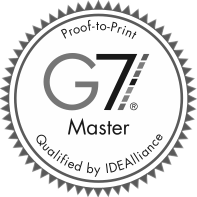There was a lot of head nodding going on last week at “Food for Thought,” a breakfast seminar we hosted at Simmons College on higher education marketing. Attendees left the event, which was sponsored by Sappi etc., with pages of notes and tons of creative ideas to take back to their teams. Since we know it’s tough to get out of the office (even for lots of yummy bacon!) we thought we’d share some of what we learned.
Although the presentation focused on recruitment and admissions for higher education, we believe these points apply to any industry—particularly if you market to Millennials. If you’re in higher ed marketing make sure you check out the Food for Thought video which reveals the number one recruitment tactic and ways you can make the most out of it.
Here are five takeaways from Food for Thought you can use in your marketing plan.
- Direct mail is a powerful top of funnel marketing tool

Every marketer faces budget constraints, particularly those in higher education. Private institutions spend an average of $2,232 to recruit and enroll each student. And while the numbers vary by industry, finding new customers (or in this case students) is one of the biggest expenditures for any businesses. It is vital for organizations to spend their marketing dollars wisely and at the right stage of the sales funnel.
Direct mail is a great top of funnel marketing tool. It doesn’t have the same permission constraints as email marketing, so it allows you to reach the largest possible search or prospect pool. And when direct mail is relevant and timely, it drives people online where you can learn more about them and engage them with additional content, videos, virtual tours, and more.
The key is to match your direct mail pieces to the right stage of the funnel. Dejan says to think of it like dating. Don’t use your most expensive pieces, like college view books and giveaways, at the top of the funnel (the first date). A personalized postcard or unique but inexpensive format will drive them to action.
- Video is critical for engaging with young audiences
For young people, the single greatest media driver is video. They grew up with unlimited access to TV, movies, and of course YouTube. Whether you need to know how to fill out a college application or design a website, someone on YouTube is ready to show you how and it’s usually available in multiple languages.
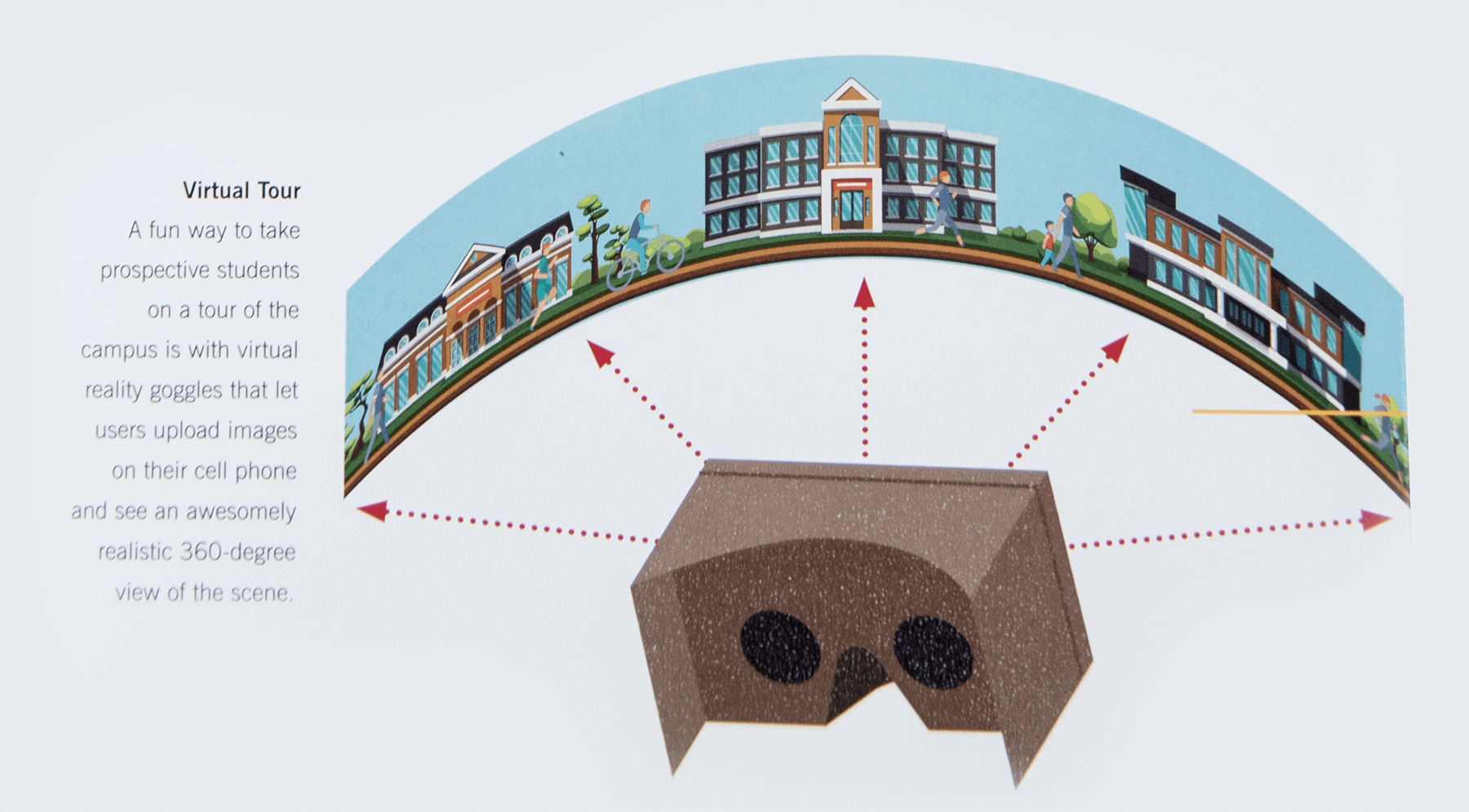
Sappi’s studies showed that on average, high school seniors apply to 7 or more colleges, which is an expensive and time-intensive undertaking. Before they commit to applying, students want to see videos of your school, students, alumni, campus life, and more. Videos and virtual campus tours can help students decide whether or not to take a campus tour, especially if the school is more than a few hours drive from their home.
- Every communication must be personalized
Young people want to feel valued, special and heard. They’ve grown up in a world where one size does not fit all, and they expect brands to cater to their interests. That’s why generic form letters and mass marketing tactics simply don’t work.
To increase enrollment yield rates—which hovers around 36.2% according to Sappi's research—colleges and universities must deliver personalized communications throughout the applicant journey. The first step is to start building out a profile as soon as a prospective student submits an interest form on the school’s website. From there, it’s time to learn as much as you can about that prospect and send them information every 4-6 weeks that speaks to their interests (whether it be sports, academia, community, culture, etc.)

- Millennials demand accessibility, and they expect it in real time
One way that Millennials differ from other generations is their expectation that everyone is accessible to them at all times. They expect to be able to communicate with all levels of college personnel, from an admissions representative to the President.
It’s important that college marketing materials show how accessible the school is. Provide young people with lots of ways to get in touch with you and be ready to answer their questions or connect them to someone who can, preferably in real time.
The same rule of accessibility applies to your marketing campaigns. While you may have come up with a fantastic virtual campus tour, if it doesn’t load correctly or it’s overly complicated you’ve lost your opportunity. The latest reports state that the average attention span is now just 3-5 seconds. That’s all you’ve got to make a good impression so use it wisely.
- Every communication must be unique
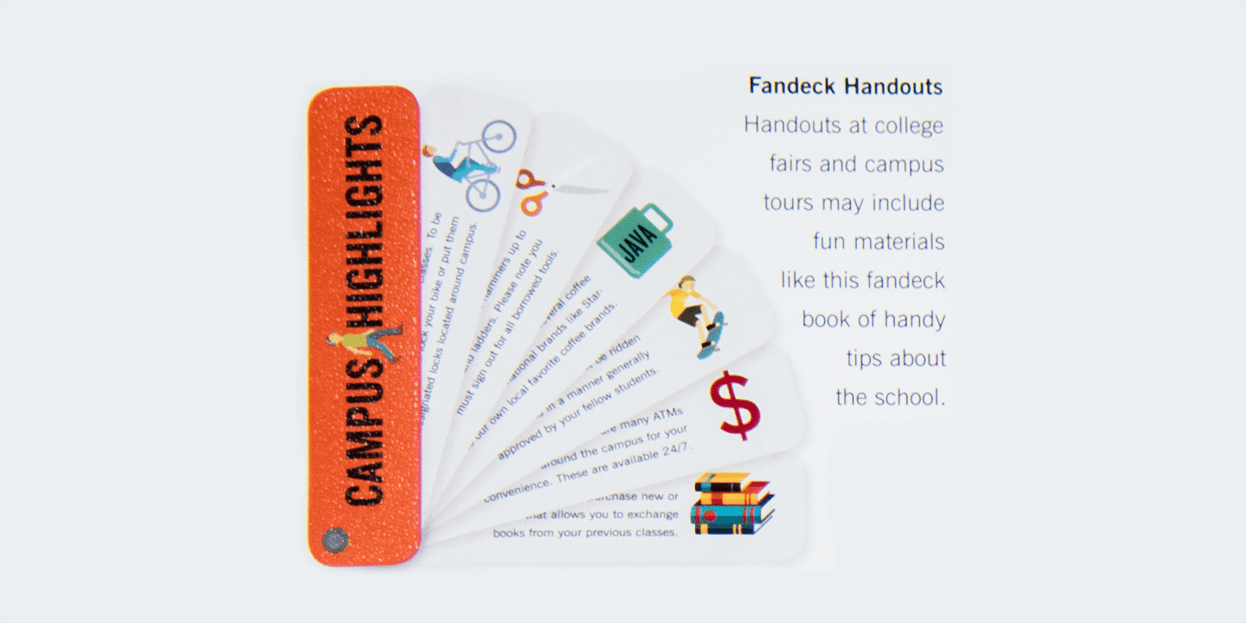
With nearly 5,000 institutions of higher education in the U.S., the most important marketing strategy is differentiation. Millennials are accustomed to receiving tons of marketing messages, so if you don’t differentiate you’ve lost your opportunity to connect with them.
Personalization is a given, but before they even open your communication, it must grab their attention. That’s where print can shine. According to Sappi, specialty print effects (foil stamping, embossing, coatings, creative formats, specialty papers, etc.) can increase response rates by 18%. Plus, no one said you need to stick to an 8.5 × 11 or 11 × 17 saddle-stitched book. Smaller formats with unusual binding techniques can be more affordable and stand out over your competitors' materials—a win-win!
The Marketing of Higher Education is the first installment of Sappi’s new Verticals educational series. The Verticals series will look at individual markets and will examine the unique challenges, traditions, and idiosyncrasies each faces when communicating with its target audience.
“Sappi has always been a leader in the industry, and we can’t wait to see what they do next,” said Michael Peluso, President of Shawmut Communications Group. “They’ve invested in research and educational resources that marketers and print professionals so desperately need and we’re delighted they’ve chosen to partner with Shawmut to help spread the word.”
Food for Thought was the second event hosted by Shawmut, and we’re continuing to look for new educational opportunities. That’s why last year we launched Shawmut Thinks, a platform for learning and educational resources for our community. You can check out some of those tools and videos from our Marketing Science event last year on our resources page or contact us to suggest a topic.

